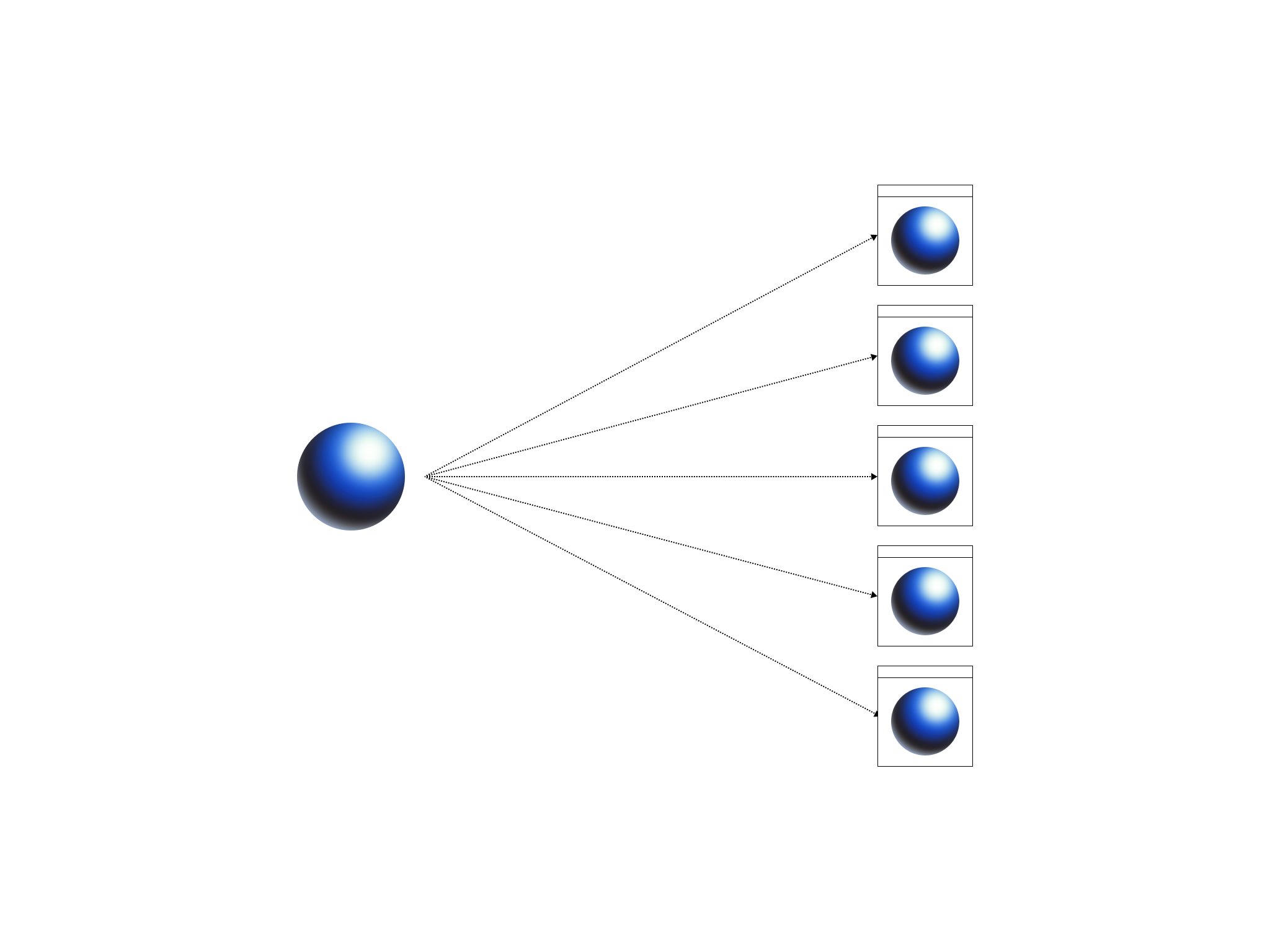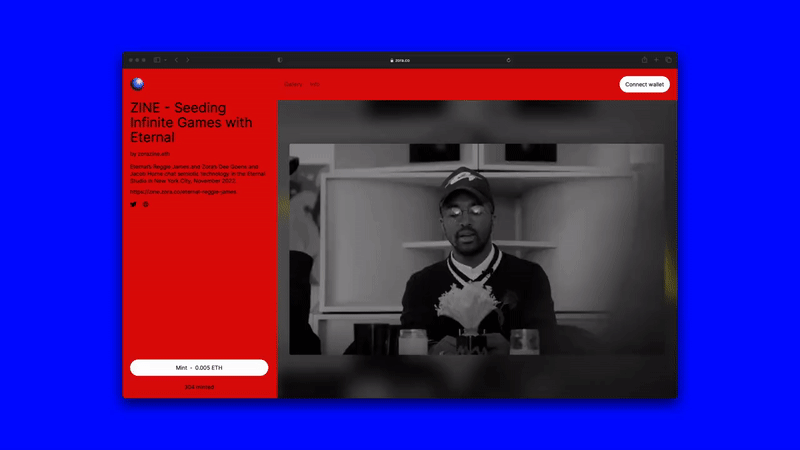 It is important to mint and then distribute, do not do it the other way around.
It is important to mint and then distribute, do not do it the other way around.
Minting your content as an NFT gives you a new set of superpowers that has not yet been possible on traditional platforms:
- Self-platformed: You are your own platform and own the direct relationship with your community.
- Value capture: Your community is able to pay you to mint your content as an NFT. Because NFTs can be transferred, bought, and sold, a market may form over time as it becomes more viewed, shared, or listened to.
- Ad free: Your community is able to experience the content without a platform inserting ads into the experience.
- Public: Your content will be publicly accessible to the entire internet, not just within the walls of the platform you posted it on—maximizing its potential reach over time.
- Direct network: Anyone who mints the NFTs will have a direct connection to you as the creator, helping you form an onchain network of supporters.
- Permissionless: No one can stop you or restrict you from minting your content.
- Provenance: Anyone can cryptographically verify the creator, the timestamp, and the entire ownership history of the NFTs.
As a creator, you are already—in a sense—minting your content as NFTs. It just happens to be that those NFTs live on the private databases of platforms like Youtube, Instagram, and Spotify. These platforms are monetizing your content by selling off the ad space, exchanging with advertisers and keeping all of that value for themselves. If you’re a large creator, you might be lucky enough to get a percentage of this value from your own content. The reason these companies are worth billions of dollars is in part because they are able to monetize your content that you give them for free.
By minting your content on a platform like Ethereum—a blockchain that is entirely public and decentralized—you now have a way to own your content that is entirely native to the internet. All you have to do is spend $10 in gas fees and wait 15 seconds to mint your work. On top of that, your community has a direct channel to collect and support your work without any platforms sitting in the middle. What might’ve earned views and likes can now get views and ETH in your wallet.
Here is an important nuance that I see get lost more often than not: minting on Ethereum doesn’t mean you can’t post anywhere else. In fact, it’s the absolute opposite. Mint your work and then share it as far and wide as possible across any social media platforms you like. You don't have to make an all or nothing decision when minting—you can do both.
 Minting content is a lot of fun and looks great. Do it on Zora.
Minting content is a lot of fun and looks great. Do it on Zora.
NFTs as a value system rewards you through sharing your work as far as possible, uninhibited by any restrictions. This means you can:
- Mint your video, then post to Youtube and Tiktok
- Mint your song, then post to Spotify & Apple Music
- Mint your podcast, then post to Spotify and Youtube
- Mint your photo, then post to Instagram
- Mint your meme or thought, then post to Twitter
As you add minting early into your creative process and toolkit, you should find that over time your community starts treating Ethereum as their primary place to connect with you and that you’ll need to rely less on traditional platforms over time. This will not be immediate and will take some time and consistency, but ultimately it is something that is entirely within the realm of possibility.
In the worst case scenario, no one other than you mints, but in return you’ll have a public and permanent archive of your work. In the best case scenario, your community is able to collect and support you and your work directly. There’s not much to lose.
Mint now.Mint this:
Thank you Corrine Ciani, for the help editing this piece and to Dee and 0xStarseed for the conversation that led to this.
❍ 2023 jacob